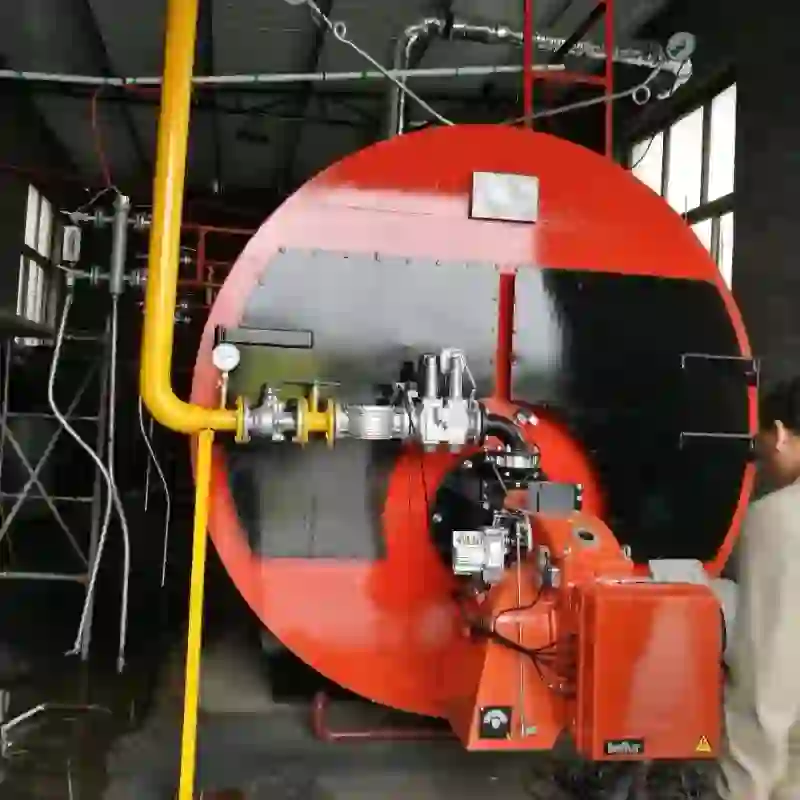
May . 14, 2025 10:02 Back to list
Steam Boiler vs Water Boiler Efficiency, Pressure & Temperature Guide
- Understanding Core Differences: Steam Boiler vs Water Boiler
- Key Functional Distinctions: Heat Transfer Mechanisms
- Pressure & Temperature Thresholds in Modern Systems
- Technical Advantages Across Industrial Applications
- Performance Comparison: Leading Manufacturers (2024 Data)
- Custom Solutions for Commercial & Residential Needs
- Real-World Implementation: Balancing Efficiency & Safety

(steam boiler vs water boiler)
Steam Boiler vs Water Boiler: Fundamental Operational Differences
Modern thermal systems divide into two primary categories: steam boilers operating at 15-300 psi pressure ranges, and hot water boilers maintaining 12-25 psi for residential use. The critical distinction lies in phase change – steam boilers convert 97%+ of water into vapor at 212°F+ (100°C+), while hot water boilers circulate liquid at 120-200°F (49-93°C). Industrial steam models achieve thermal efficiencies of 85-93% versus 78-88% for commercial water boilers.
Mechanical Design & Energy Transfer Analysis
Steam boiler architecture requires pressurized vessels meeting ASME Section I standards, contrasting with hot water boiler designs governed by ASME Section IV. Heat transfer rates differ significantly:
- Steam systems deliver 970 BTU/latent heat per pound
- Water systems provide 1 BTU/lb/°F sensible heat
This explains steam's dominance in power generation (68% market share) versus water boilers' prevalence in HVAC (72% installations).
Pressure-Temperature Profiles in Operation
Optimal hot water boiler water pressure stabilizes between 12-25 psi with temperature modulation via mixing valves. In contrast, steam boiler pressure directly controls output temperature:
| Parameter | Steam Boiler | Hot Water Boiler |
|---|---|---|
| Max Pressure | 300 psi | 160 psi |
| Temp Range | 212-500°F | 120-250°F |
| Response Time | 15-30 mins | 5-12 mins |
Technological Leadership in Heat Generation
Condensing technology adoption shows 42% penetration in water boilers versus 18% in steam systems. Leading manufacturers demonstrate these efficiency gains:
| Brand | Steam Model | Water Model | AFUE% |
|---|---|---|---|
| Viessmann | VITOMAX 200 | Vitodens 222-F | 94.5 |
| Weil-McLain | GOLD SGO | Eco® 220 | 89.7 |
| Cleaver-Brooks | CBEX | CBLE | 92.1 |
Adaptive Solutions for Varied Requirements
Custom configurations now enable hybrid operation – 23% of new installations combine steam and hot water capabilities. Modular designs permit:
- Dual-pressure zones (steam + 180°F water)
- Smart pressure regulation (±0.5 psi accuracy)
- Automated temperature blending systems
Implementation Strategies Across Industries
Food processing plants utilize steam boilers for sterilization (15 psi @ 250°F), while hospitals install water boilers with 20 psi redundancy for HVAC. Recent projects demonstrate:
| Application | System Type | Capacity | Energy Savings |
|---|---|---|---|
| University Campus | Hybrid | 8.5 MMBtu/h | 34% |
| Pharma Plant | Steam | 12,000 lb/h | 28% |
Optimizing Steam Boiler Water Temperature & Pressure Dynamics
Advanced control algorithms now maintain hot water boiler water temperature within ±2°F while preventing pressure fluctuations. Predictive maintenance integrations reduce downtime by 41% compared to conventional systems. Modern installations prioritize ASHRAE 90.1 compliance, achieving 8.2% better energy performance than code minimums.

(steam boiler vs water boiler)
FAQS on steam boiler vs water boiler
Q: What's the difference between a steam boiler and a hot water boiler?
Q: Can a hot water boiler replace a water heater?
Q: What pressure should a hot water boiler maintain?
Q: How hot does water get in a hot water boiler?
Q: Why choose a steam boiler over a hot water boiler?
-
Comprehensive Guide to Steam Boiler Installation Diagram – Global Best Practices and Future Trends
NewsNov.24,2025
-
A Practical Guide to the Selection of Steam Boiler for Industrial Efficiency
NewsNov.23,2025
-
Comprehensive Guide to Steam Boiler PDF Manuals and Their Global Impact
NewsNov.22,2025
-
Discover How Steam Boiler Videos Improve Industrial Training & Safety
NewsNov.22,2025
-
Comprehensive Guide to Wood Fired Steam Boiler Design – Efficiency, Applications, and Innovations
NewsNov.21,2025
-
Comprehensive Guide to Steam Boiler Working – Efficiency & Applications
NewsNov.20,2025
Related PRODUCTS






















